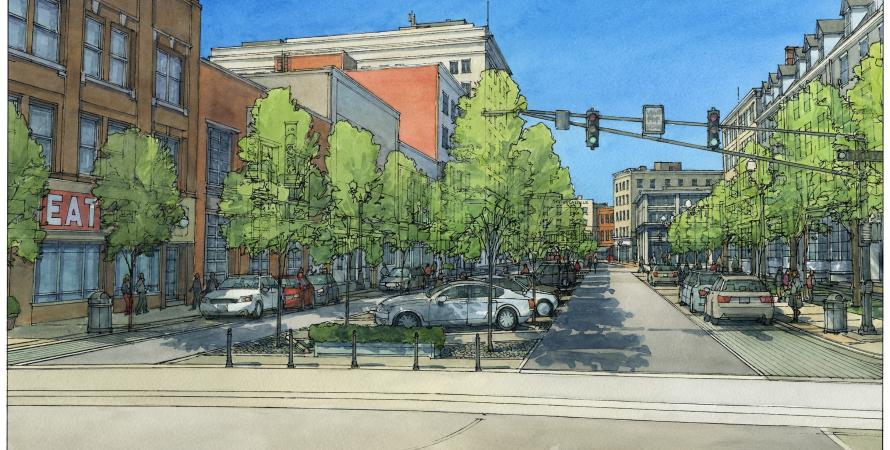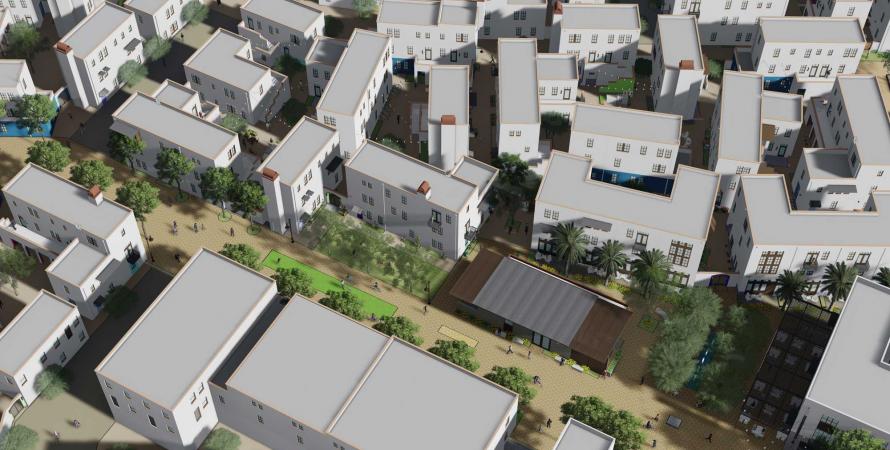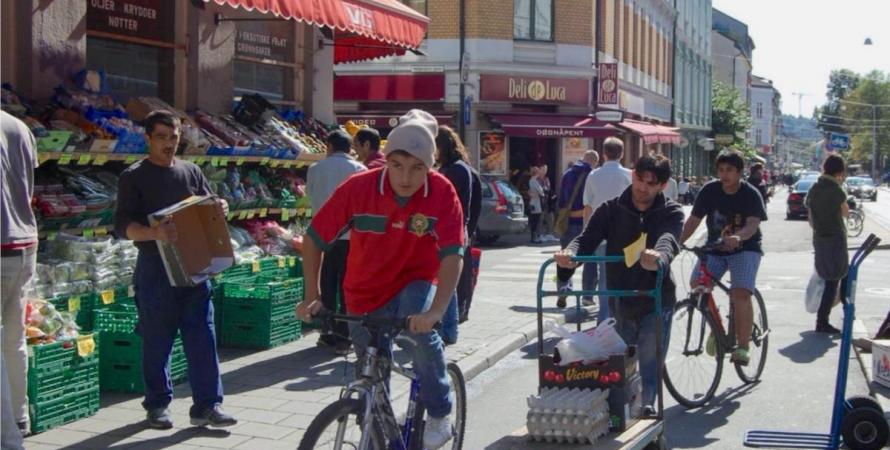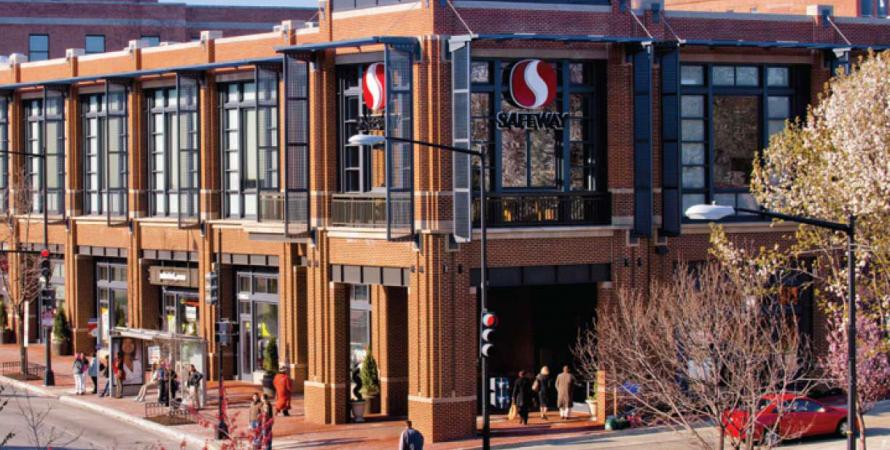-

Nine keys to safe downtown streets
These concepts, applied here to downtown Hammond, Indiana, are relevant to most American cities.Street life is dramatically impacted by the speed of vehicles. Whether they know it or not, most pedestrians understand in their bones that a person hit by a car going 35 mph is roughly seven times as likely to die than if the car is going 25 mph. Any community that is interested in street life—or...Read more -

‘Car-free’ development breaks ground in Arizona
Large mixed-use apartment complex in the midst of suburbia will be laid out like a European village with architecture appropriate to the southwestern desert.It’s not very often that a planned new urban community gets national coverage in the Wall Street Journal , Forbes , and Fast Company , among other publications. Yet that’s the case with the 16-acre Culdesac Tempe (something of a misnomer because the project has no cul-de-sacs—not in the common...Read more -

Cities are like brains—immense networks of connective tissue
Intriguing lessons for urbanists are coming, surprisingly, from neuroscience. Understanding the underlying structure of cities can help us to formulate better urban policies and practices.Urbanists have long been drawing lessons from other disciplines, including sociology, environmental psychology and ecology. Now there are intriguing new lessons being offered by a perhaps surprising field: brain science. But to explore the story of those lessons, we'll have to start first with...Read more -

Changes in retail encourage walkable urban designs
For many years, retailers resisted the architecture of street-facing storefronts, but necessity is the mother of flexibility.This is one of a series of ongoing Public Square articles on the market, technological, and cultural transformation of the $5 trillion retail industry—and how it relates to a continued shift toward walkable, urban living. When America switched from urban downtowns and main streets to suburban...Read more